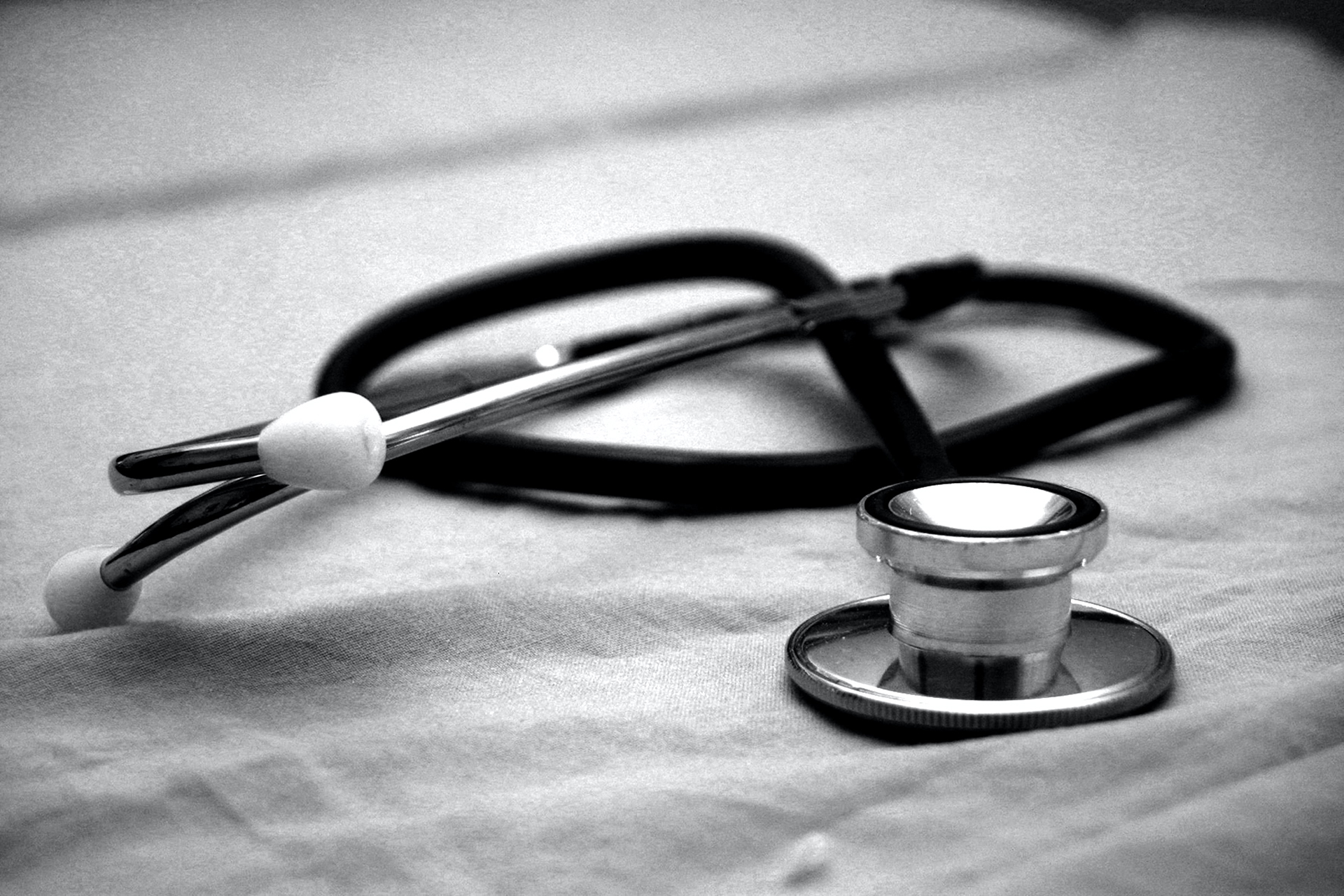Assessment of visual acuity at initial medical assessments.
Regular contact lens wearers should have unaided, spectacle corrected and contact lens visual acuity (VA) measured at the initial medical, in each eye and both eyes together for distance, intermediate and near vision. Contact lenses should not have been worn on the day of examination.
Assessment of visual acuity at routine revalidation medical assessments.
A contact lens wearer should have their VAs checked with their contact lenses in-situ every other medical and have their (unaided) visions and VAs with spectacles checked at the medicals in between, thus alternating between glasses and contact lenses at each medical. If a pilot or ATCO wears spectacles or contact lenses, the latest optometrist reports should be made available at each medical assessment for the AME to check.
There are a number of reasons for this. Firstly, contact lens wearers will have more regular checks (usually 6 monthly) at their local optometrists compared to purely spectacle wearers (who tend to have checks yearly or 2-yearly) so it is unlikely that the lens prescription will be incorrect. Secondly, if the (unaided) visual acuities are checked and the pilot is then asked to insert their lenses, checking the VAs immediately does not give a true representation of the performance of the lens once settled. This can take 5-10 minutes in some cases and VA will improve in that time. Thirdly, a contact lens wearer is more likely to have poorer unaided visual acuities, as they are more reliant on using correction and therefore have a greater visual benefit from wearing contact lenses. Finally, for both the pilot and examiner, this process will save time.

